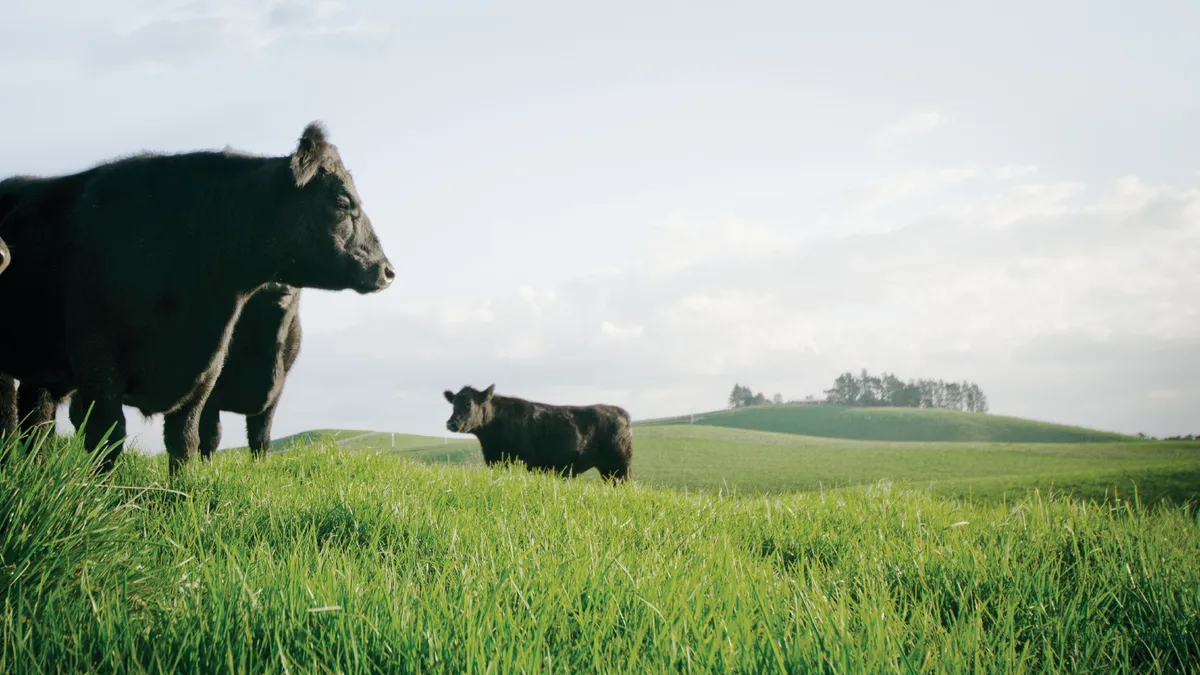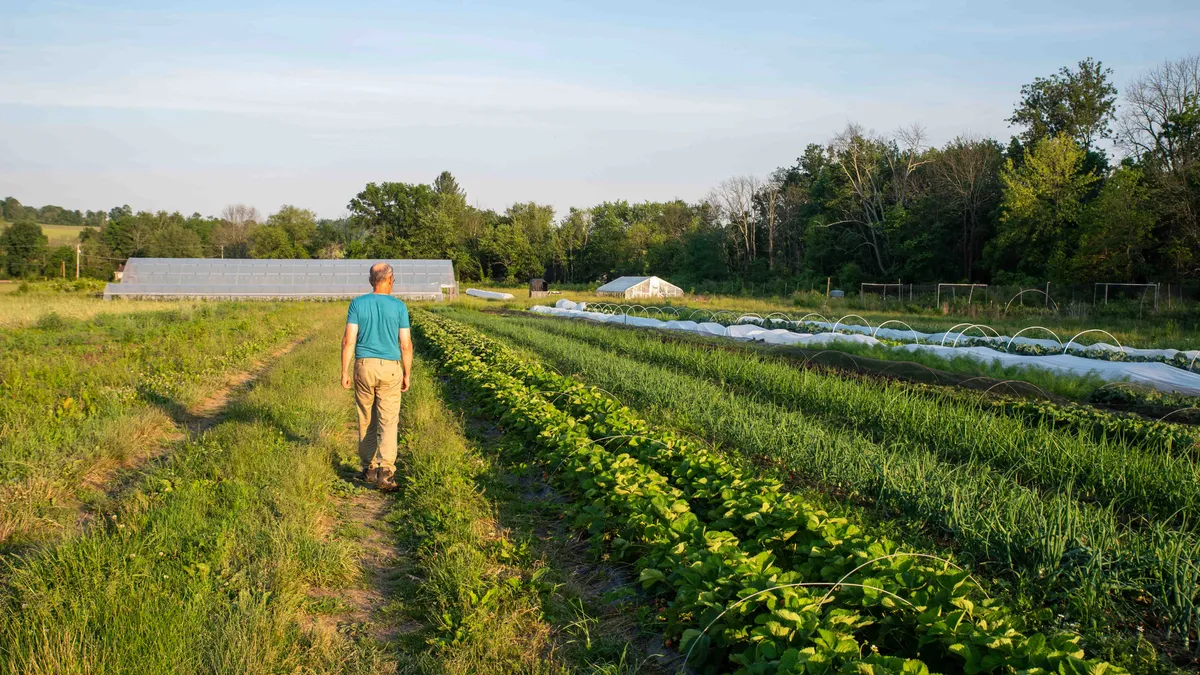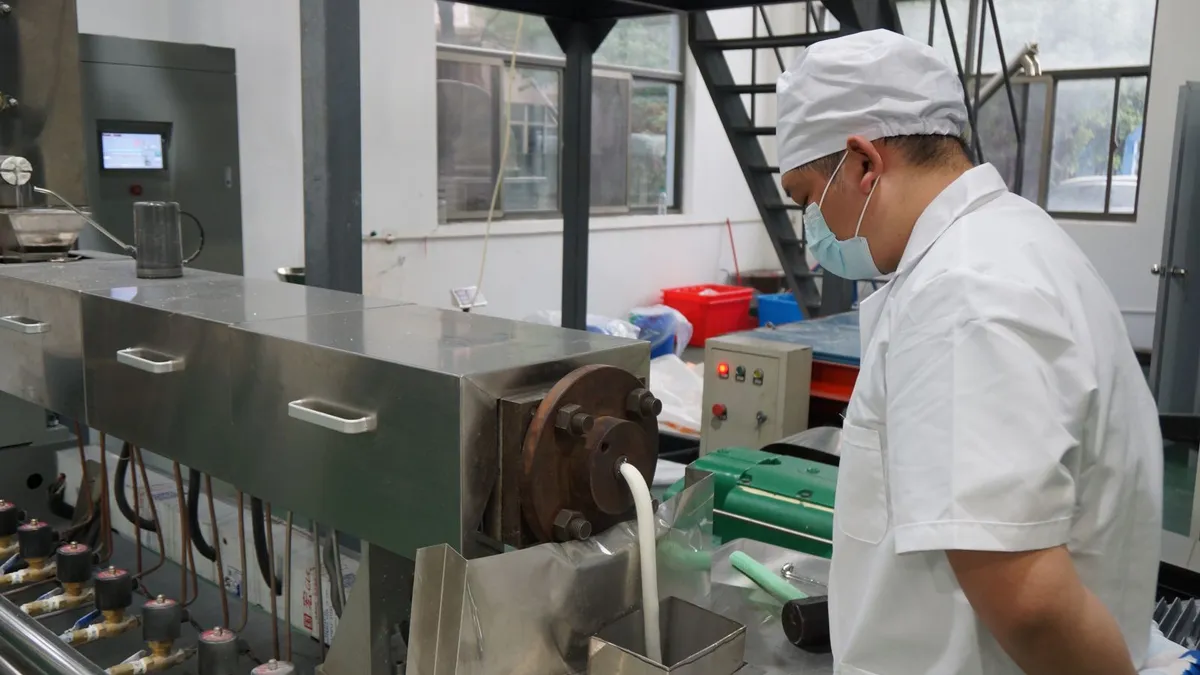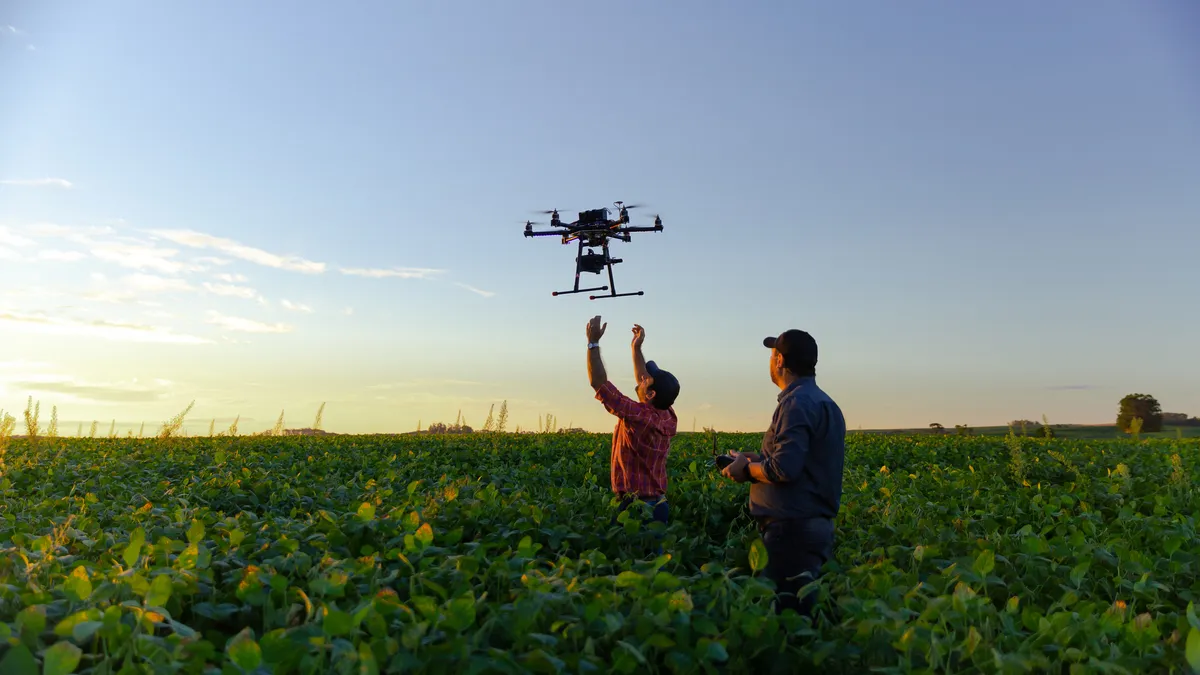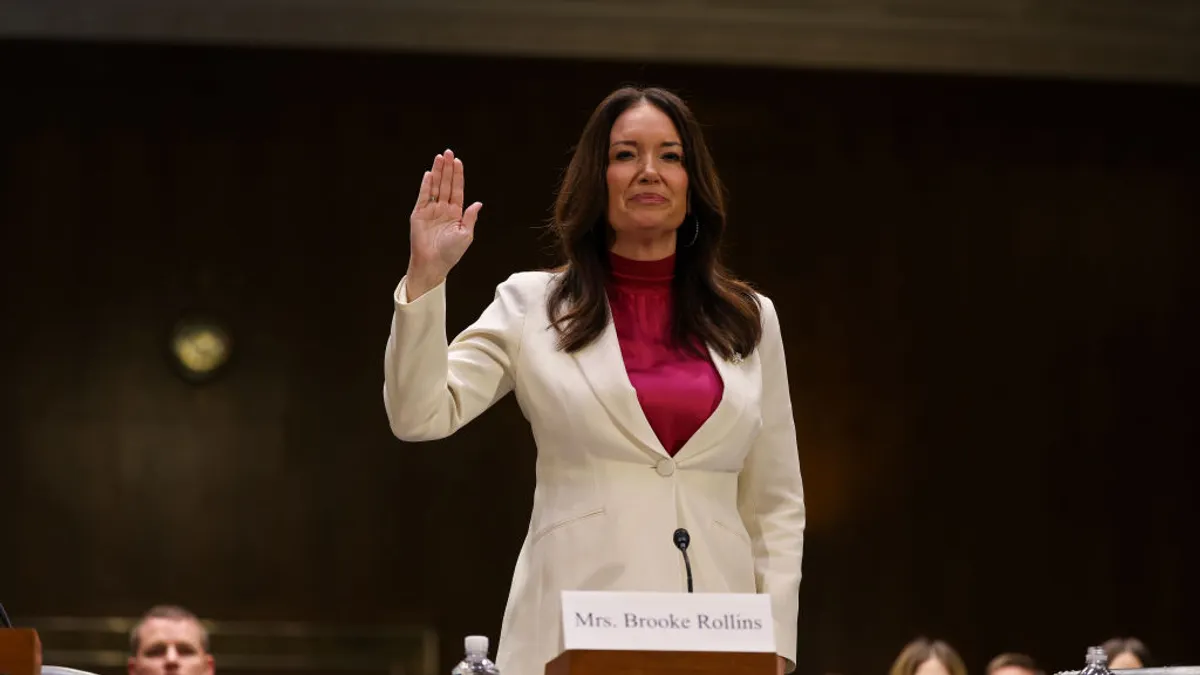The following opinion is written by Valerie J. Stull, Faculty Associate, Department of Community & Environmental Sociology, Research Scientist, Center for Sustainability and the Global Environment at the University of Wisconsin-Madison and Margaret Krome, Policy Program Director, Michael Fields Agricultural Institute.
Climate change is rapidly altering the landscape for farmers, ranchers, and their communities. Recent droughts, wildfires and flooding events are already hurting the economy and farm viability. Conservation efforts that lead to more climate-friendly and climate-resilient farms can make a world of difference.
We urge Congress to focus first on climate-smart agriculture for the next Farm Bill, considering the win-wins of doing so.

With all the political chaos in the U.S. and geopolitical issues abroad, it is no surprise that Congress voted to extend the current Farm Bill until September 2024. This will give both houses’ agriculture committees more time to address some of the most pressing needs of farmers, ranchers, and the agricultural community. The 2018 Farm Bill was scheduled to expire on Sept. 30, 2023.
There have been 18 iterations of the Farm Bill since it was first introduced in 1938. It includes a range of programs that keep agriculture and communities afloat, including crop subsidies, crop insurance, nutrition assistance, conservation programs, research, rural development, and much more. Programs concerning commodity support are amended and changed with each Farm Bill.

Without reauthorization, commodity support would revert to the original levels introduced by these programs in either 1938 or 1949, causing major disruption In addition, the loss of billions of dollars in funding would force thousands of people to lose their jobs and drive thousands of small farmers out of business.
Debate on the next Farm Bill includes both serious threats and promising opportunities related to climate change. For one, USDA programs supporting organic farmers, farm-to-food bank assistance and some agricultural research may be in jeopardy.
Another point of contention could be special interests targeting conservation program funding. Lawmakers have made it clear that they do not plan to increase the Farm Bill’s baseline spending, yet one proposal seeks to increase financial incentives for certain crops (cotton, rice, and peanut farms) that represent less than 0.3 percent of farmers, with tens of billions of dollars in funding likely requiring major cuts to crucial conservation programs
Two important conservation programs on working farmlands may also be in danger: the Environmental Quality Incentives Program (EQIP) which helps farmers, ranchers and forest landowners integrate conservation to address resource concerns such as soil erosion or water quality and the Conservation Stewardship Program (CSP) which rewards farmers for excellent conservation practices while offering opportunities for additional activities like cover crops, rotational grazing, ecologically-based pest management, buffer strips, and the transition to organic farming.
Without action, farm safety net funds will continue to exclude smaller, more diverse and climate-friendly practices. This matters because farmers’ options for managing risk in the face of market and climate fluctuations influence their willingness to employ climate-friendly practices. According to the 2017 Census of Agriculture, just 19 percent of all farms are enrolled in the federal crop insurance program. Over 85 percent of U.S. cropland planted for corn, soybeans, wheat, and cotton is covered by crop insurance policies. However, few small, beginning, organic, diversified, and specialty crop farmers currently purchase crop insurance.
Low enrollment in federal crop insurance programs among these farmers does not reflect disinterest in participation; overwhelmingly, these farmers desire a safety net against unpredictable weather events and market variability. Rather, the issue is that federal crop insurance subsidies must be changed to cover diverse, climate-responsive crops.
When legislators get back to work on appropriations bills in the new year, it is both sensible and pressing that they take a step back and seek smarter policies that are good for farmers and the land, consumers, and the broader environment. To support climate change mitigation and adaptation-centered policies in the next Farm Bill, we urge decision-makers to:
1. Expand EQIP and CSP funding and eligibility
These two conservation programs represent some of the best sources of support for producers looking to try out new conservation practices on their farms. Since the 2018 Farm Bill, high farmer interest — without increased funds—has resulted in a surplus of applicants who don’t get funded. Only about a quarter of farmers who apply to these programs are awarded contracts. This is unacceptable given the myriad of environmental responsibilities and challenges faced by the agriculture sector, from ensuring water quality and regenerating our depleted soils to building resilience on farms in the face of extreme weather events.
2. Explicitly support producers using climate-smart practices
We need to create incentives for every farmer and rancher to participate in these practices, as they can have a meaningful impact on reducing greenhouse gasses.
3. Increase funding to help more farmers implement conservation practices
Even powerful programs like EQIP and CSP aren’t impactful if there isn’t enough capacity to support their implementation. NRCS needs more “boots on the ground” to help farmers apply and to support farm planning. The next Farm Bill can both establish a dedicated, stable source of funds for farmers who are addressing climate change within their operations and significantly improve producers’ ability to get support for traditional conservation practices. Congress has a rare opportunity to strengthen investments in climate-smart agriculture and conservation programs that will contribute to a more sustainable and healthier future for everyone. We urge all decision-makers working on this bill to carefully consider the impacts of climate change on food security and health for all future generations.


